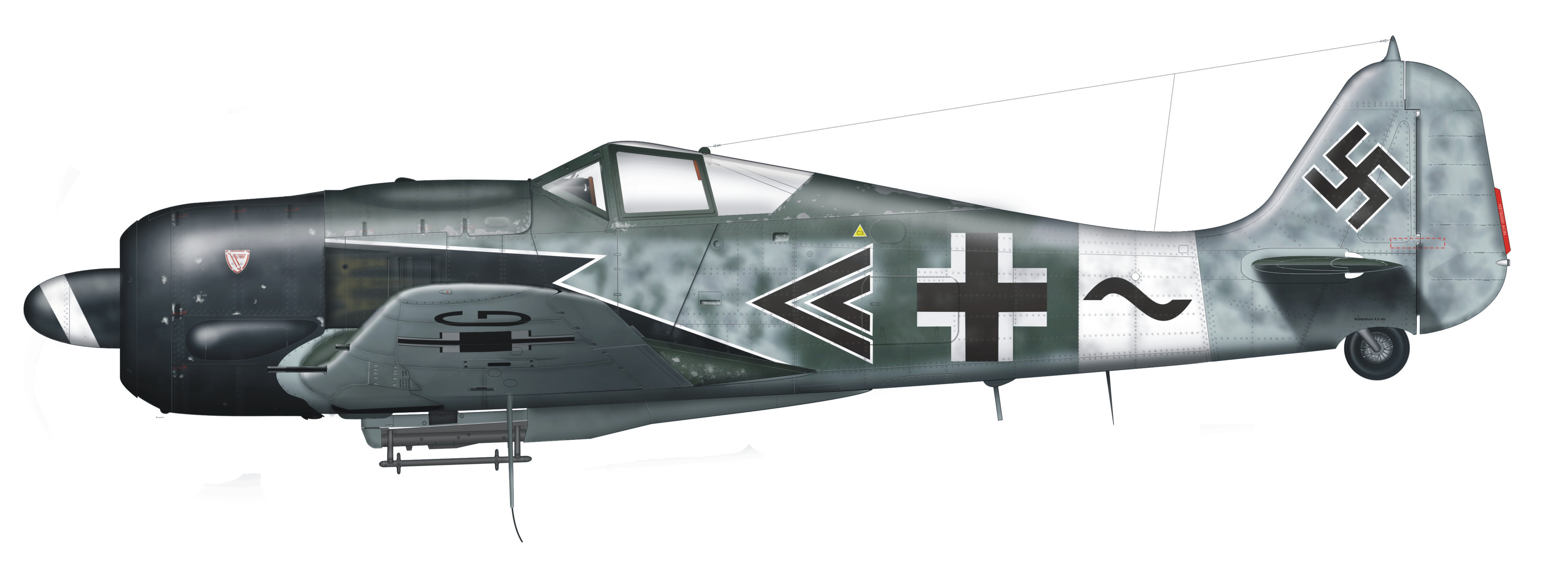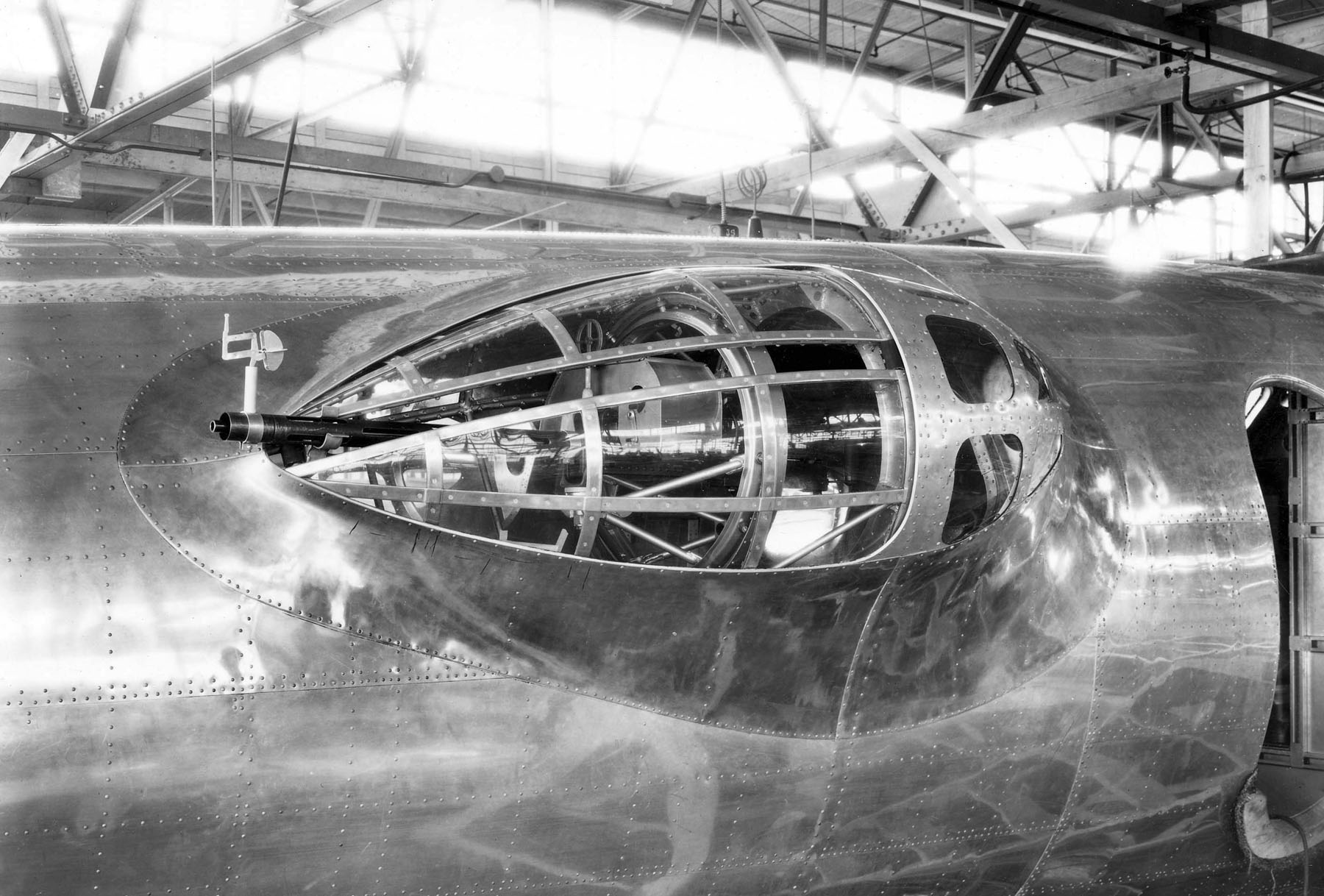|
Battle Over The Ore Mountains
The Air battle over the Ore Mountains () took place around midday on 11 September 1944 between German and American air forces over the crest of the Ore Mountains near the village of Oberwiesenthal, above the Bohemian market town of Schmiedeberg (today Kovářská in the Czech Republic). Course of the battle In 1944 many Allied air raids had the aim of destroying the synthetic oil manufacturing facilities of the German oil industry where important military fuels were manufactured for aircraft and vehicles from coal. On 11 September 1944, the Americans launched ''Mission 623''. This had ten primary targets, including Leuna (Merseburg), Lützkendorf, Magdeburg, Misburg-Anderten, Misburg (the Deurag-Nerag factory), Hanover, Böhlen (Saxony), Böhlen, Most (Czechia), Brüx, Ruhland and Chemnitz. The bombing of Chemnitz was also part of Operation Frantic. In case of bad weather many other alternative targets were chosen. In all, 1,131 bombers were deployed, accompanied by 440 fighter a ... [...More Info...] [...Related Items...] OR: [Wikipedia] [Google] [Baidu] |
490th Bombardment Group - B-17G Flying Fortresses In Formation During A Mission
49 may refer to: * 49 (number) * "Forty Nine", a song by Karma to Burn from the album ''V (Karma to Burn album), V'', 2011 * one of the years 49 BC, AD 49, 1949, 2049 * 49 Pales, a main-belt asteroid * Tatra 49, a three-wheeled motor vehicle {{Numberdis ... [...More Info...] [...Related Items...] OR: [Wikipedia] [Google] [Baidu] |
Schwarzheide
Schwarzheide or Carny Gózd () is a town in the Oberspreewald-Lausitz district, in Lower Lusatia, Brandenburg, Germany. It is situated on the river Schwarze Elster, 11 km southwest of Senftenberg, 110 km south of Berlin and 40 km north of Dresden. The little river Pössnitz runs through the eastern part of Schwarzheide. Neighbouring communities Immediate neighbors of the town are the towns Ruhland (south), Lauchhammer (west), Schipkau (north) and Senftenberg with the district Brieske (east). Districts Schwarzheide has the following districts * Schwarzheide-West (former Zschornegosda) * Wandelhof * Schwarzheide-Mitte * Schwarzheide-Ost, consisting of Victoria and Naundorf History The town's landmark is the watertower. Today´s industrial town, Schwarzheide, was created on October 1, 1936, from the independent communities, Zschornegosda (today Schwarzheide-West) and Naundorf (now part of Schwarzheide-Ost). The name was translated from the Sorbian name, ... [...More Info...] [...Related Items...] OR: [Wikipedia] [Google] [Baidu] |
Oberhof, Germany
Oberhof is a town in the Schmalkalden-Meiningen Districts of Germany, district of Thuringia, Germany. Located in the Thuringian Forest mountain range, it is a winter sports center and destination spa, health resort. With 1,625 inhabitants (December 2016), it is visited by 144,000 tourists every year (2016). The town obtained its official city status in 1985. History Oberhof was first mentioned in a document in 1470. The village in the Black Forest department belonged to various Ernestine duchies, most recently to the Duchy of Saxe-Coburg and Gotha from 1826 to 1918. In 1830, Ernest I, Duke of Saxe-Coburg and Gotha had a hunting lodge built. In 1861 the first vacation guests came to the village. With the completion of the Brandleite Tunnel of the Neudietendorf-Ritschenhausen railway, Oberhof received a railroad connection in 1884, which enabled the expansion of tourism. After the founding of the Oberhof Winter Sports Association, on the initiative of the Oberhof physician Kurt Weidh ... [...More Info...] [...Related Items...] OR: [Wikipedia] [Google] [Baidu] |
Jagdgeschwader 4
''Jagdgeschwader'' 4 (JG 4) was a Luftwaffe fighter aircraft, fighter Wing (air force unit), wing of World War II. History ''Jagdgeschwader'' 4 became one of only three Luftwaffe ''Geschwader'' to operate the specialised 'bomber-killer' ''gruppen'' designated ''Sturmgruppe''. On 7 August 1942, 1./JG 4 was formed in Mizil, Romania from Ölschutzstaffel/JG 77. By 1943, the I./JG 4 was complete with 2./JG4 formed in December 1942, and 3./JG 4 formed in January 1943. The Romanian 53rd Fighter Squadron "Warhawks", 53rd Fighter Squadron was assigned to JG 4 as 4./JG 4 until 1944. A new 4./JG 4 was created in August 1944. II./JG 4 ''Sturmgruppe'' was formed on 12 July 1944 at Salzwedel from I./Zerstörergeschwader 1 (ZG 1) and from elements of Major Hans-Günter von Kornatzki's ''Sturmstaffel'' 1. The gruppe was equipped with the modified and heavily armoured FW 190A-8/R2. While the heavily armoured fighters proved effective against the heavy bombers of the USAAF, they proved vulnera ... [...More Info...] [...Related Items...] OR: [Wikipedia] [Google] [Baidu] |
Welzow
Welzow (; Lower Sorbian Wjelcej) is a town in the district of Spree-Neiße, in southeastern Brandenburg, Germany. It is situated 16 km northwest of Hoyerswerda, and 23 km southwest of Cottbus. Demography File:Bevölkerungsentwicklung Welzow.pdf, Development of population since 1875 within the current Boundaries (Blue Line: Population; Dotted Line: Comparison to Population development in Brandenburg state; Grey Background: Time of Nazi Germany; Red Background: Time of communist East Germany) File:Bevölkerungsprognosen Welzow.pdf, Recent Population Development and Projections (Population Development before Census 2011 (blue line); Recent Population Development according to the Census in Germany A national census in Germany (, ) was held every five years from 1875 to 1910. After the World Wars, only a few full population censuses have been held, the last in 1987. The most recent census, though not a national census, was the 2011 Europea ... in 2011 (blue bordered line ... [...More Info...] [...Related Items...] OR: [Wikipedia] [Google] [Baidu] |
Messerschmitt Bf 109
The Messerschmitt Bf 109 is a monoplane fighter aircraft that was designed and initially produced by the Nazi Germany, German aircraft manufacturer Messerschmitt#History, Bayerische Flugzeugwerke (BFW). Together with the Focke-Wulf Fw 190, the Bf 109 formed the backbone of the ''Luftwaffe's'' fighter force during the World War II. It was commonly called the Me 109 by Allied aircrew and some German aces/pilots, even though this was not the official model designation. The Bf 109 was designed by Willy Messerschmitt and Robert Lusser, who worked at BFW during the early to mid-1930s. It was conceived as an interceptor aircraft, interceptor. However, later models were developed to fulfill multiple tasks, serving as Escort fighter, bomber escort, fighter-bomber, day fighter, day-, night fighter, night-, all-weather fighter, ground-attack aircraft, and aerial reconnaissance aircraft. It was one of the most advanced fighters when the fighter first appeared, being furnished with an all-me ... [...More Info...] [...Related Items...] OR: [Wikipedia] [Google] [Baidu] |
Focke-Wulf Fw 190
The Focke-Wulf Fw 190, nicknamed ''Würger'' (Shrike) is a German single-seat, single-engine fighter aircraft designed by Kurt Tank at Focke-Wulf in the late 1930s and widely used during World War II. Along with its well-known counterpart, the Messerschmitt Bf 109, the Fw 190 became the backbone of the (Fighter Force) of the . The twin-row BMW 801 radial engine that powered most operational versions enabled the Fw 190 to lift larger loads than the Bf 109, allowing its use as a day fighter, fighter-bomber, ground-attack aircraft and to a lesser degree, night fighter. The Fw 190A started flying operationally over France in August 1941 and quickly proved superior in all but turn radius to the Supermarine Spitfire (early Merlin-powered variants)#Mk V (Mk V (Types 331, 349 and 352)), Spitfire Mk. V, the main front-line fighter of the Royal Air Force (RAF), particularly at low and medium altitudes. The 190 maintained its superiority over Allies of World War II, Allied fighters until ... [...More Info...] [...Related Items...] OR: [Wikipedia] [Google] [Baidu] |
RAF Horham
Horham (pronounced 'Horrum') is a village in the county of Suffolk, in the East Anglia region of eastern England, United Kingdom. Horham is located approximately halfway between Norwich and Ipswich, and also approximately halfway between Eye and Stradbroke on the B1117 road. History The village is old; some say it was a Viking settlement. There are some houses that are known to have been built in the 15th century. The old Dragon Inn - now known as Dragon House - is believed to date back to about 1525. From the 11th century until the late 18th century, it is documented as one of the parishes within Hoxne Hundred. The village contains a church, St. Mary of Horham, of Norman origin, but much improved in the years either side of 1500. The composer Benjamin Britten used a cottage in Horham as a composing retreat from 1970 until his death in 1976. Railways The Mid-Suffolk Light Railway was built at the turn of the last century to serve the villages, and agriculture, of Mid Suffo ... [...More Info...] [...Related Items...] OR: [Wikipedia] [Google] [Baidu] |
North American P-51
The North American Aviation P-51 Mustang is an American long-range, single-seat fighter aircraft, fighter and fighter-bomber used during World War II and the Korean War, among other conflicts. The Mustang was designed in 1940 by a team headed by James H. Kindelberger of North American Aviation (NAA) in response to a requirement of the British Purchasing Commission. The commission approached NAA to build Curtiss P-40 Warhawk, Curtiss P-40 fighters under license for the Royal Air Force (RAF). Rather than build an old design from another company, NAA proposed the design and production of a more modern fighter. The prototype NA-73X airframe was completed on 9 September 1940, 102 days after contract signing, achieving its first flight on 26 October. The Mustang was designed to use the Allison V-1710 engine without an export-sensitive turbosupercharger or a multi-stage supercharger, resulting in limited high-altitude performance. The aircraft was first flown operationally and very s ... [...More Info...] [...Related Items...] OR: [Wikipedia] [Google] [Baidu] |
Heavy Bomber
Heavy bombers are bomber Fixed-wing aircraft, aircraft capable of delivering the largest payload of air-to-ground weaponry (usually Aerial bomb, bombs) and longest range (aeronautics), range (takeoff to landing) of their era. Archetypal heavy bombers have therefore usually been among the largest and most powerful Military aviation, military aircraft at any point in time. In the second half of the 20th century, heavy bombers were largely superseded by strategic bombers, which were often even larger in size, had much longer ranges and were capable of delivering nuclear bombs. Because of advances in Aerospace engineering, aircraft design and engineering — especially in Aircraft engine, powerplants and aerodynamics — the size of payloads carried by heavy bombers has increased at rates greater than increases in the size of their airframes. The largest bombers of World War I, the ''Riesenflugzeuge'' of Germany, could carry a payload of up to of bombs; by the latter half of World ... [...More Info...] [...Related Items...] OR: [Wikipedia] [Google] [Baidu] |
Boeing B-17 Flying Fortress
The Boeing B-17 Flying Fortress is an American four-engined heavy bomber aircraft developed in the 1930s for the United States Army Air Corps (USAAC). A fast and high-flying bomber, the B-17 dropped more bombs than any other aircraft during World War II, used primarily in the European Theater of Operations, United States Army, European Theater of Operations. It is the List of most-produced aircraft, third-most produced bomber in history, behind the American four-engined Consolidated B-24 Liberator and the German multirole, twin-engined Junkers Ju 88. The B-17 was also employed in transport, anti-submarine warfare, and search and rescue roles. In a USAAC competition, Boeing, Boeing's prototype Model 299/XB-17 outperformed two other entries but crashed, losing the initial 200-bomber contract to the Douglas B-18 Bolo. Still, the Air Corps ordered 13 more B-17s for further evaluation, which were introduced into service in 1938. The B-17 evolved through numerous Boeing B-17 Flyin ... [...More Info...] [...Related Items...] OR: [Wikipedia] [Google] [Baidu] |







